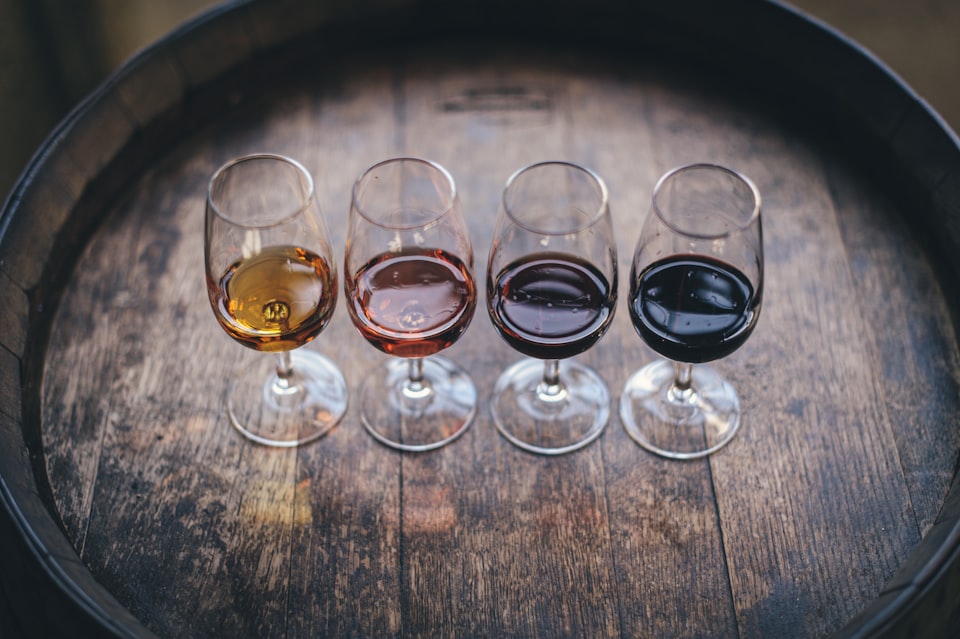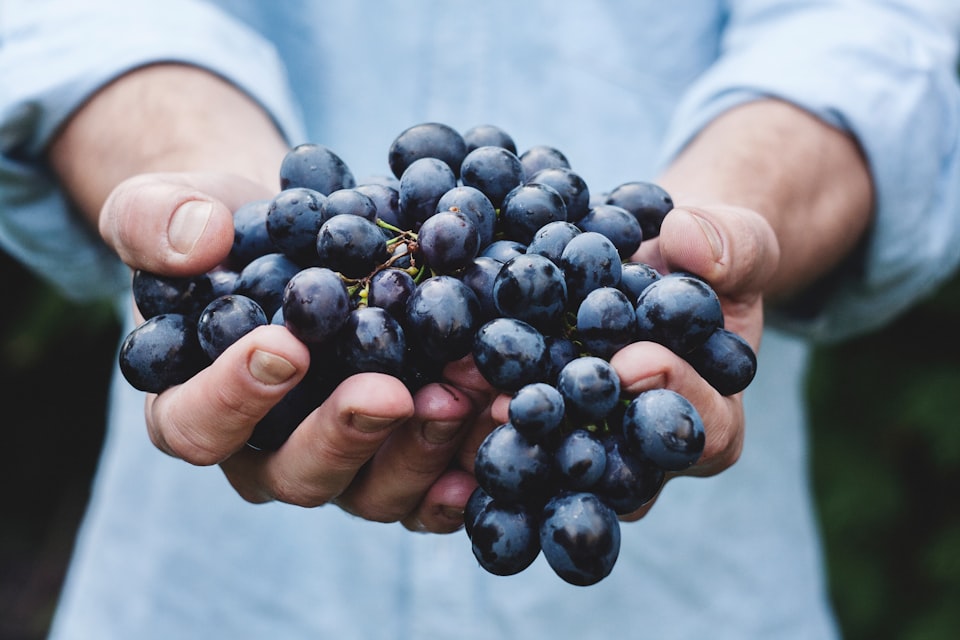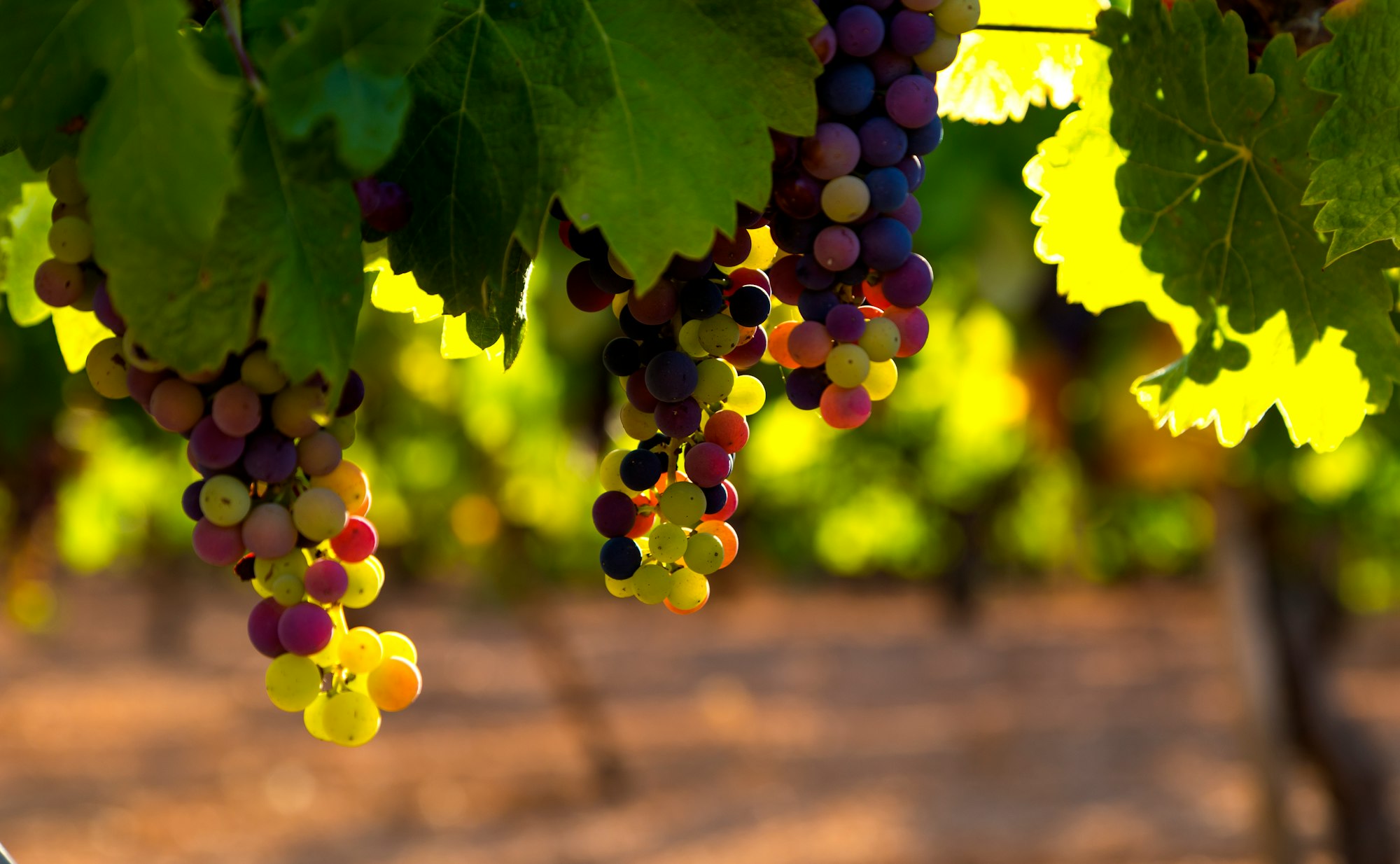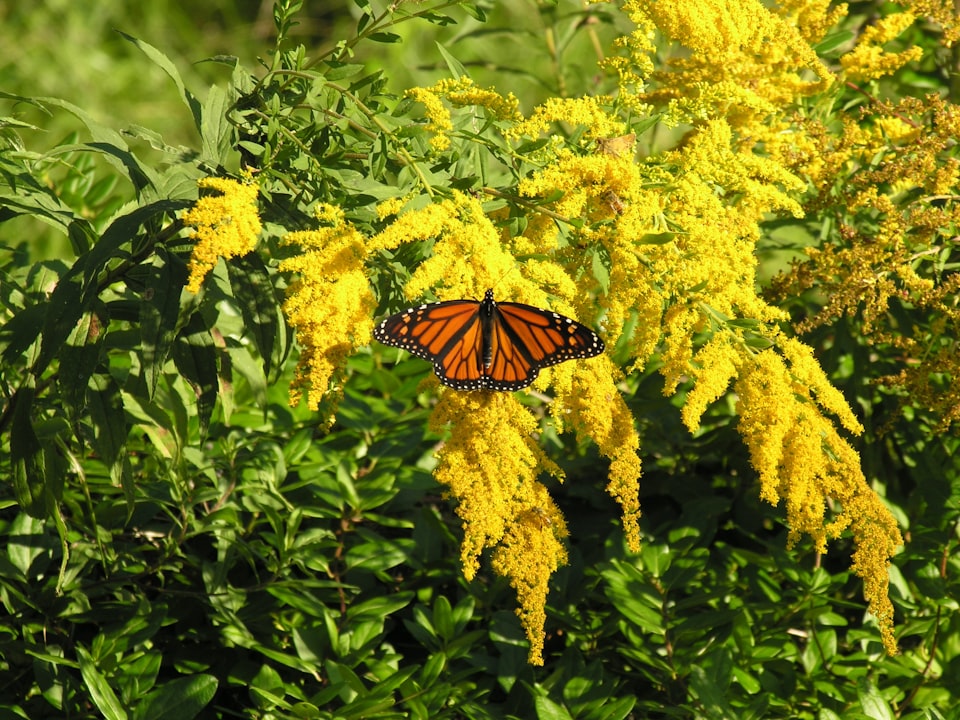II: Immortelle
Why this ain't no strawflower.
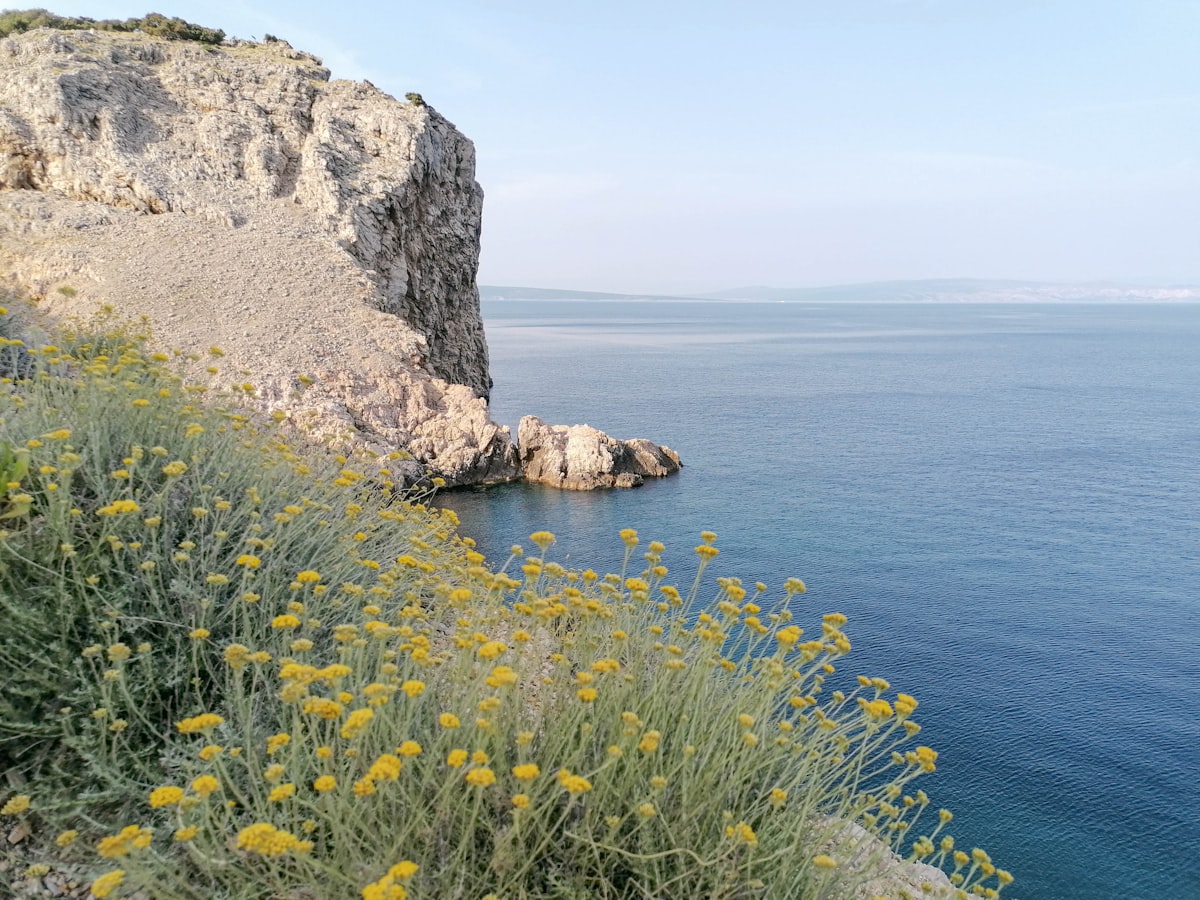
Good morning. Today is duodi, the 12th of Vendémiaire, Year CCXXXI. Today we celebrate l'immortelle, a bloom that keeps its color long after being snipped.
Let it be known that this newsletter is not afraid of controversy. This day is marked for immortelle, which is typically translated as strawflower and is the accepted association now. Strawflowers are native to Australia, related to daisies and sunflowers, and remarkable for the ability to grow colorful, paper-like bracts around a central disc that retain their color for a long, long time after the flower is snipped and harvested. They essentially dry themselves, making them great for bouquets and decoration.
This benefit plus the ease with which species could be hybridized to produce different colors made them a sensation in Europe and the United States. They became permanent fixtures in gardens and the subject of tremendous hype.
In the 19th century. When they were first discovered by Europeans.
This calendar was assembled and published at the end of the 18th century.
While it's slightly possible that immortelle refers to an obscure and, at the time, exceedingly rare flower that had just been brought to England in 1791 ... yeah, seems far-fetched.
Truth is, the strawflower became l'immortelle because they were a favorite of Napoleon's wife Empress Josephine, and written about to curry favor with that regime in the early 1800s, and Napoleon is the one who killed this calendar, not the one who made it.
So what in the heck is today's flower?
